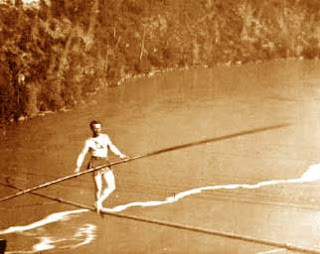About fifteen years ago, before people started talking about "digital", I remember the phrase "new media" was much in vogue. In those days, the phrase referred primarily to the internet or "the information superhighway" or "worldwide web" as it was still known as then. Since then, we've seen the birth, childhood and adolescence of Facebook and YouTube and all those social media Web 2.0 chappies and the "new" kid on the block is anyone that has anything to do with local and mobile and social.
Maybe I've been around that new kid's block a few too many times, but I'm not sure that these "new" media are changing my life or anyone else's as fundamentally as some would like to think. Do you remember, as a child, marvelling at the wonder of television or video, feeling empowered as no other generation before you had been? I expect not. Like today's children and their relationship with the internet, you wonder at what went before, not the norm that you've grown up with.
And however technology may change, human drives, motivations, dreams and desires don't, much. You can declare your love for someone in public over Twitter, or you can spray can the nearest bridge.
Old media never die. They just don't get Twittered about.
GOING FORWARD – MORE PROOF
2 years ago













































